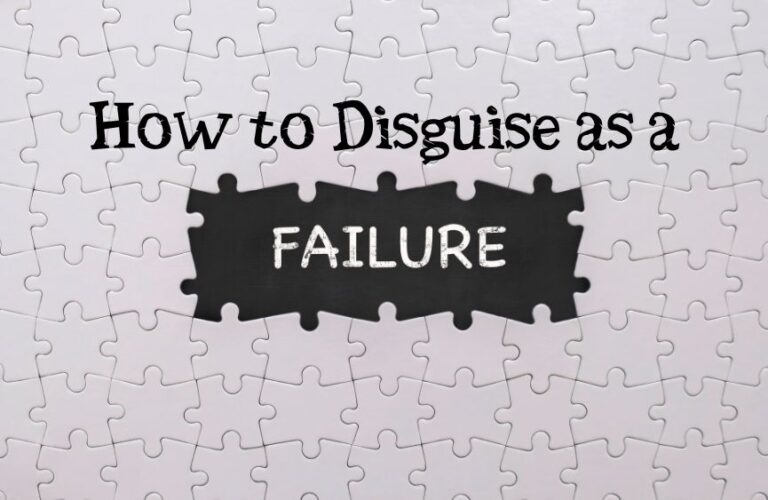What is Destructive Thinking and How to Break Free
Hey there, folks! Ever find yourself trapped in a thought spiral that feels like a never-ending maze of negativity? You may be dealing with destructive thinking. But fear not because, in this article, we’re diving deep into the world of destructive thinking, understanding its nuances, and exploring ways to break free.
Definition of Destructive Thinking
Destructive thinking, simply put, is like a storm in your mind – it’s when your thoughts take a dark turn, casting shadows over your outlook. It’s not just a passing gloomy day; it’s a prolonged thunderstorm that can wreak havoc on your mental landscape.
The Importance of Recognizing Destructive Thinking Patterns
Now, why should we care about recognizing these destructive thinking patterns? Identifying these sneaky culprits is the first step to regaining control of your mental well-being. It’s like putting on your detective hat and deciphering the code your mind is throwing at you.
Common Types of Destructive Thinking
Let’s unravel the mystery of destructive thinking by dissecting some common patterns:
Black and White Thinking
Life is not just black or white; there’s a whole rainbow of colors in between. But sometimes, our minds oversimplify things, leading us to see only extremes and missing out on the beautiful shades in the middle.
Overgeneralization
Ever spilled milk and thought, “I’m a complete failure”? That’s overgeneralization at its finest. It’s like turning a minor hiccup into a life sentence. Instead of acknowledging that accidents happen, overgeneralization convinces you that one mistake defines your entire existence. Life is a series of moments, not a single misstep. So, let’s ditch the overgeneralization goggles and embrace the fact that imperfections make us beautifully human.
Personalization
Imagine a world where every sideways glance is a judgment of your character. Welcome to the world of personalization. It’s that pesky habit of assuming everything is about you. Is someone in a bad mood? Clearly, it’s your fault. But newsflash – the universe doesn’t revolve around you. People have their own orbits of emotions, and not everything is a cosmic commentary on your actions.
Catastrophizing
Picture this: You miss a deadline, and suddenly, your mind paints a doomsday mural. That’s catastrophizing in action. It’s the art of turning a minor setback into an apocalypse. But guess what? Most setbacks are not the world’s end; they’re just detours. Catastrophizing is like watching a movie trailer and thinking you know the entire plot – spoiler alert: you don’t.
Mind Reading
Have you ever convinced yourself you know what someone’s thinking without uttering a word? That’s mind reading, and it’s a cognitive illusion. Your crystal ball might be on vacation because, in reality, people are complex beings with thoughts as intricate as a spider’s web. So, next time you assume you’ve cracked the code of someone’s mind, remember: minds are not Sudoku puzzles; they’re wonderfully unpredictable.
Emotional Reasoning
Have you ever felt a surge of emotion and let it dictate your reality? Welcome to the world of emotional reasoning. It’s like allowing your feelings to become your thoughts’ judge, jury, and executioner. Feeling scared doesn’t mean danger is imminent, and feeling unworthy doesn’t make you any less deserving. Emotional reasoning is like navigating with a foggy windshield – distorts your perception. So, let’s grab the emotional windshield wiper, clear the view, and base our thoughts on facts, not just fleeting feelings.
Labeling
Have you ever made a mistake and slapped a negative label on yourself? That’s labeling in a nutshell. It’s like pasting a “failure” sticker on one page of your life story and forgetting the rest. Spoiler alert: You’re not defined by a single moment. Labeling is like giving yourself a one-word identity in a novel of endless possibilities. So, let’s rip off those limiting labels and embrace the beautifully messy, multi-dimensional characters we genuinely are.
Effects of Destructive Thinking
Now that we’ve unmasked these thinking villains let’s see the havoc they can wreak:
Negative Impact on Mental Health
Constant negative thinking is like a slow leak in your mental tire. It deflates your confidence, leaving you stuck in a rut of self-doubt.
Relationship Problems
Have you ever been around someone who’s a perpetual rain cloud? Destructive thinking can cast shadows on your relationships, making it challenging to connect with others.
Poor Decision-Making
When your thoughts are clouded by negativity, making sound decisions becomes as tricky as tightrope walking with a blindfold. You might stumble and fall.
Reduced Productivity
Negativity is like quicksand for productivity. It pulls you down, doing even the simplest tasks like climbing a mountain.
Physical Health Problems
Believe it or not, destructive thinking isn’t just a mind game; it can take a toll on your body, too. Stress, anxiety, and other health issues may rear their ugly heads.
How to Overcome Destructive Thinking
Enough of the doom and gloom – let’s talk solutions!
Identify and Challenge Negative Thoughts
Become your own thought detective. When a negative thought pops up, interrogate it. Ask yourself, “Is this thought based on facts, or is it just my imagination running wild?”
Practice Mindfulness
Practicing mindfulness is like hitting the pause button in the hustle and bustle of life. It’s not about escaping reality but savoring the richness of each moment. Imagine your mind as a busy freeway – mindfulness is the scenic detour that allows you to appreciate the journey, not just the destination. So, let’s silence the mental noise, take a deep breath, and bask in the present. It’s not about emptying your mind; it’s about filling it with awareness and savoring the symphony of now.
Reframe Negative Thoughts
Turn that frown upside down by reframing your thoughts. Instead of “I can’t do this,” try “This might be challenging, but I can take it one step at a time.”
Focus on Solutions
Life’s a puzzle; when faced with challenges, focusing on solutions is the key to putting the pieces together. Dwelling on problems is like circling the mystery without attempting to solve it. It’s time to channel your inner detective, grab the magnifying glass, and search for the missing pieces. Instead of getting lost in the labyrinth of issues, let’s become architects of our solutions. Remember, life may throw curveballs, but with a solution-focused mindset, we can hit them out of the park. So, gear up, problem solvers – the game of life awaits!
Seek Professional Help
Sometimes, we all need a little extra support. Seeking professional help is like having a guide on your journey to a more positive mindset.
Conclusion
In the grand theater of your mind, destructive thinking plays the villain. But fear not because you can rewrite the script armed with knowledge and a toolbox of strategies. Recognize those destructive thinking patterns, challenge them, and pave the way for a brighter mental landscape. Life’s too short to let destructive thinking steal the spotlight – let’s reclaim our minds and embrace the sunshine of positive thoughts!







